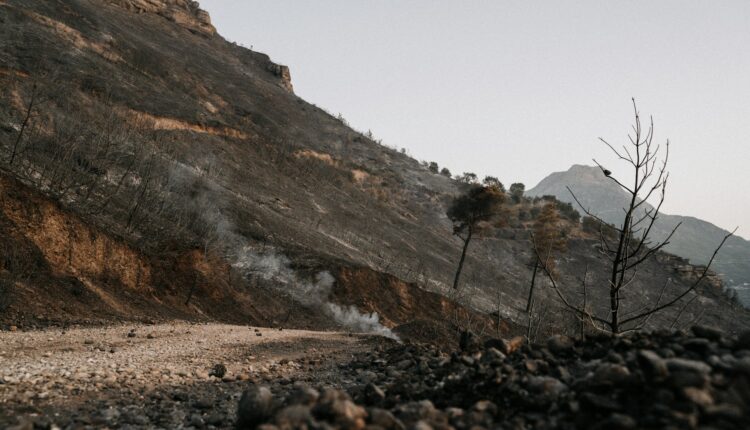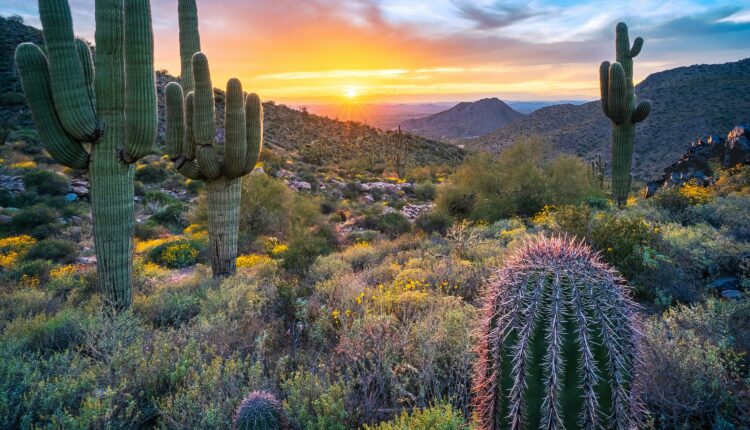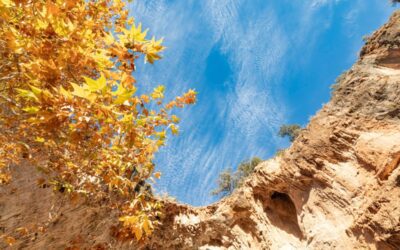
Photo courtesy of Alisa_Ch
Beat the heat with Arizona’s summer hiking guide! Stay hydrated, protect your skin, and explore cooler trails at varying elevations.
As temperatures soar in the Sonoran Desert, outdoor enthusiasts need not retreat indoors entirely. With proper preparation and knowledge of safety measures, residents and visitors can continue to enjoy the state’s diverse natural landscapes throughout the summer months.

A hiker on the West Fork Trail in Sedona, Arizona. (Ray Redstone/Wikimedia Commons)
Smart strategies for hiking this summer in Arizona
Arizona State Parks and Trails offers valuable guidance for those looking to explore the state’s natural beauty during the hottest season. While southern regions experience intense heat, the state’s varying elevations provide opportunities for comfortable hiking, with cooler options available at more northern locations like Red Rock State Park in Sedona and Lyman Lake State Park in St. John’s.
Essential safety measures for desert hiking
Water management stands as the most crucial factor for safe hiking in Arizona’s climate. Hikers should:
- Begin hydrating the night before your planned hike
- Carry more water than you anticipate needing
- Consider the return journey when planning water supplies
- Turn back when half your water supply is consumed
- Maintain steady hydration throughout the hike, not just when thirsty
Proper preparation also extends beyond hydration. Hikers should:
- Download trail maps in advance
- Ensure a full phone battery charge
- Carry a GPS device
- Inform others of hiking plans, especially if hiking alone
- Consult with park rangers about suitable trails

Hikers enjoying Hell’s Canyon Wilderness Area. (Bureau of Land Management (BLM) Arizona/Flickr)
Protection from the elements
Sun protection is essential even on overcast days. Recommended gear includes: Broad-brimmed hats, sunglasses, high-quality sunscreen, and lightweight, long-sleeved clothing. Maintaining energy levels is also vital for a safe hiking experience. Hikers should pack: Salty snacks, electrolyte supplements, and energy-rich foods like bananas, granola, and nuts.
For comprehensive hiking safety information and trail options, visitors can access resources at azstateparks.com/hiking-safety. For additional information about Arizona’s state parks, natural areas, trails, Off-Highway Vehicle Program, and State Historic Preservation Office, visit the Arizona State Parks website.
This article first appeared on Good Info News Wire and is republished here under a Creative Commons license.
Related: Here are 9 family-friendly ways to beat the summer heat in Arizona

Your complete guide to container gardening in Arizona
Spring is almost here! Whether you rent or own, container gardening is a great way to grow your favorite greenery even in the desert scene. What is...

University of Arizona finds fewer forest fires lead to worse blazes
Research indicates forests are burning less frequently than before, potentially leading to more severe and destructive wildfires. Recent research...

How to identify 10 common Arizona cactuses
Although they're all beautiful, the 10 most common Arizona cactuses each have distinct characteristics that may help you identify which is which. ...

Arizona State Parks’ new partnership promotes diversity in outdoor rec
Arizona State Parks and Trails and Black Folks Camp Too have come together to break down long-standing barriers in outdoor recreation. In a...





